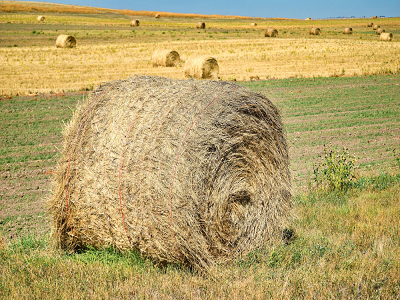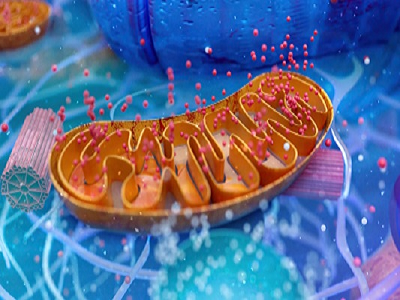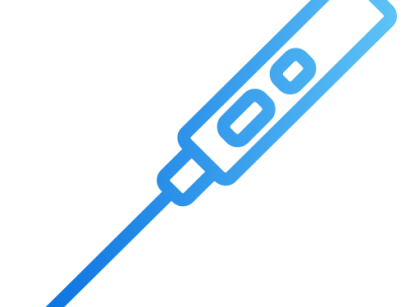
In the ever-evolving sphere of animal husbandry and exotic pet care, Timothy hay stands as an indispensable dietary cornerstone. Celebrated for its fibrous texture, aromatic appeal, and nutritional balance, this hay does more than simply feed; it nourishes the gastrointestinal, dental, and psychological well-being of herbivorous species. From humble North American fields to the curated diets of rabbits, guinea pigs, chinchillas, and even horses, veterinarians and animal nutritionists consistently revere Timothy hay. But what elevates it above other fodder varieties? Let's explore its botanical structure, cultivation process, nutritional virtues, and the diverse advantages it offers.
What Is Timothy Hay?
Surprisingly, Timothy hay originates as a dried perennial grass, Phleum pratense?L. You'll see it reach 2 to 3??feet tall in early-spring meadows and mountainsides. This renewable plant nourishes a wide range of animals, from livestock, deer, and horses to smaller companions like guinea pigs, rabbits, and chinchillas. Its palatability, nutrition, and desirability make Timothy hay a favorite among pets. Why Timothy Hay Matters for Your Animal Fiber propels your pet's digestive system, ensuring proper nutrient absorption and sustained energy, and that sense of balance shows up in firm, regular bowel movements. Timothy hay delivers this essential fiber wonderfully. Beyond digestion, fiber-rich hay supports dental health. As rabbits chew, their constantly growing teeth wear down naturally. Plus, those fibers help clean teeth, reducing the risk of overgrowth. Botanical Origins & Agricultural Context Timothy hay grows from Phleum pratense, native to Europe but now flourishing across temperate North America. Its name honors Timothy Hanson, an 18th-century American farmer who championed its widespread cultivation in the Eastern United States. Thriving in well-drained, loamy soil under temperate conditions, it flourishes in regions like the Pacific Northwest and parts of Canada. Its slender stalks and tall, cylindrical flower heads don't just look aesthetically pleasing; they signal maturity and nutrient density. Growers typically produce three seasonal cuttings, each offering unique textures:- First Cut Coarser and highly fibrous with a high stem-to-leaf ratio, ideal for dental wear.
- Second Cut Softer, greener, and more balanced; this tends to delight animal palates most.
- Third Cut Tender with abundant leaf content and minimal stemperfect for animals with dental issues or picky appetites.
- A lively green hue (proof of freshness and chlorophyll)
- A sweet, grassy aroma
- Minimal dust, mold, or foreign matter
- A leaf-to-stem balance matched to your pet's needs







